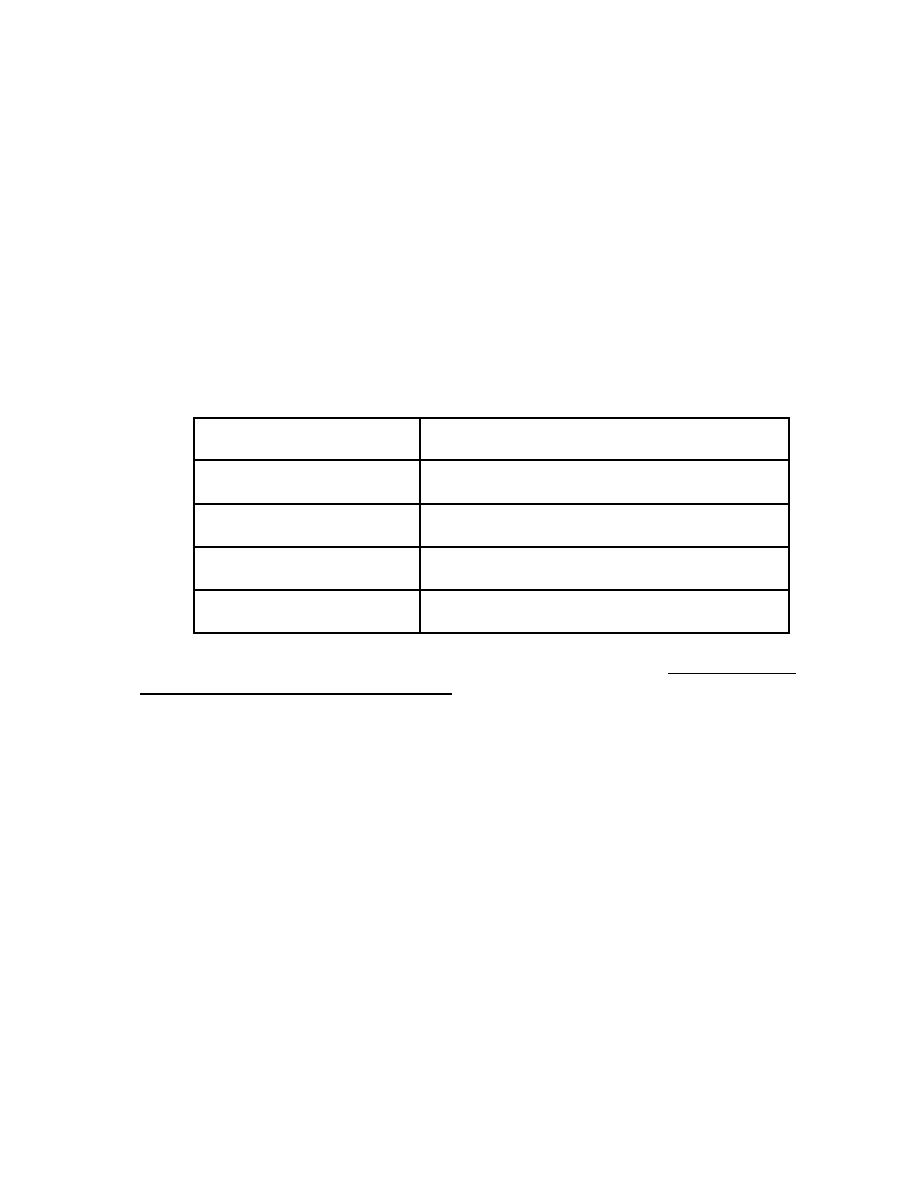

Custom Search
|
|

|
||
 5.0
REGIONAL ENVIRONMENTAL DESIGN CRITERIA
Engineers must design Mooring facilities to moor ships in a safe manner that
reduces risk to an acceptably low level. To obtain Navy-wide consensus,
mooring engineers from NAVFAC, NAVSEA and SURFLANT gathered in
August 1998 and developed general heavy weather mooring criteria. These
attendees agreed that any heavy weather mooring must address the
following environmental effects summarized in Table 6.
Table 6. ENVIRONMENTAL DESIGN CRITERIA FOR NAVY
HEAVY WEATHER MOORINGS ( MOORING SERVICE TYPE III )***
Environmental Effect
Probability of Occurrence
High Winds
50 year recurrence (P=0.02)*
Swift Current
50 year recurrence (P=0.02)**
Extreme Water Levels
Extreme recorded levels (ELW / EHW)
Large Waves
Hindcasted from design high winds
*Use exposure D (American Society of Civil Engineers (ASCE) 7-95, Minimum Design
Loads for Buildings and Other Structures; flat, unobstructed area exposed to wind flowing
over open water for a distance of at least 1 mile (1.61 km) for determining design wind
speeds.
**To define the design water depth, use T/d=0.9 for flat keeled ships; for ships with non-
flat hulls, that have sonar domes or other projections, take the ship draft, T, as the mean
depth of the keel and determine the water depth, d, by adding 0.61 meter (2 feet) to the
maximum navigation draft of the ship.
***See MIL-HDBK-1026/4
Tables 7, 8 and 9 provide recommended heavy weather design criteria for
selected regions. This document provides recommendations from a variety
of sources with the Navy recommendation noted. Attendees at the August
1998 workshop unanimously agreed on the approach.
16
NFESC TR-6012-OCN Rev B
U.S. NAVY HEAVY WEATHER
MOORING SAFETY REQUIREMENTS
|
 |
|
 |
||